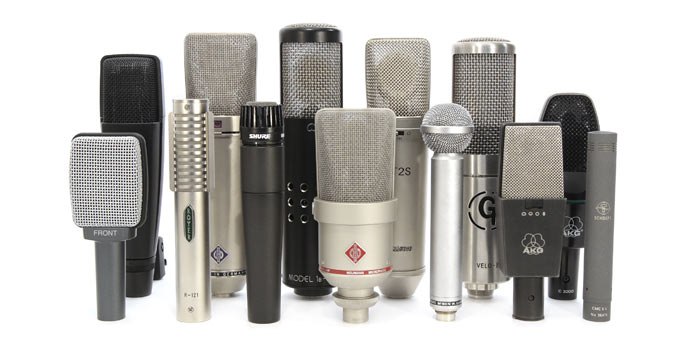
Introduction
If you play a keyboard or any other “line” instrument and you don’t do vocals, you probably haven’t thought a lot about microphones: Those wonderful audio devices that turn sound pressure waves into an electrical signal that can be processed.
Microphones come in many shapes, colors, sizes, and functionality. Additionally, they range in price from very inexpensive to exorbitant and the range of quality is almost is broad. In this lesson, we will examine the 3 common types of microphones, their traits, advantages and disadvantages and the common terminology associated with microphones.
Course Objectives
Upon completion of this lesson, you will be able to:
- Identify the 3 main types of microphones and explain the advantages and disadvantages of each type.
- Identify the sub-types of microphones and their applications.
- Explain what a polar pattern is and how the various polar patterns are used.
- Describe phantom power and how it is used
- Identify microphone types by their characteristics.
